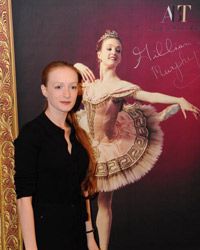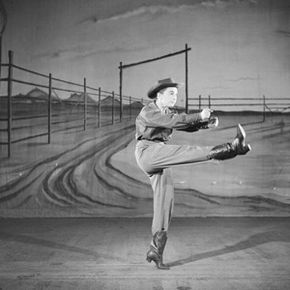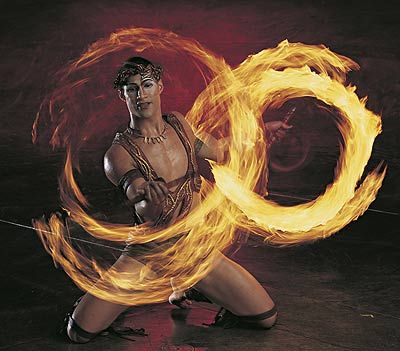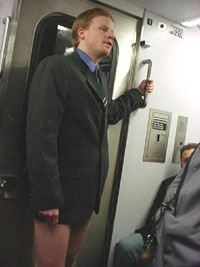For the past 70 years, the American Ballet Theatre (ABT) has brought the best in dance theater, both past and present, to people around the world. Each year, more than 600,000 audience members enjoy performances either at the ABT's home, the Metropolitan Opera House in New York City, or in venues around the world in cities visited by ABT touring companies. Pre-performance workshops and special events for children enhance the performing arts experience.
Almost everyone who is anyone in American dance has worked with or for the ABT since its founding. Agnes de Mille, Jerome Robbins and George Balanchine are among the notable choreographers who have created works for the ABT; artistic directors include Mikhail Baryshnikov, who also danced for the ABT. Classical ballets, such as "Sleeping Beauty," "Swan Lake" and "Giselle" have been reworked by the ABT, while ballets created for the ABT, like "Rodeo" and "Fancy Free" have gone on to become classics themselves.
Advertisement
The ABT's main season in New York takes place during eight weeks in the spring. Dancers in the ABT emphasize the "theater" part of the company's name, using their bodies to express emotions and bring life to the story the dance is telling.
The ABT's dancers include:
- Principals, the highest-ranking members of the company
- Soloists, senior dancers who fall below the principals
- Members of the corps de ballet, who perform together as a unit (to accompany the principals and soloists)
ABT II, another aspect of the American Ballet Theatre, gives promising young dancers between the ages of 16 and 20 the opportunity to hone their performing skills and work up to membership in the main company. The artistic staff of the ABT chooses the 13 dancers for this classical company. ABT II members train for two years before joining either the ABT or another professional company.
In this article, we'll look at the American Ballet Theatre's origins and history, learn about its tough training program for the nation's best young dancers, and see how you can get involved through its membership program.
Advertisement



